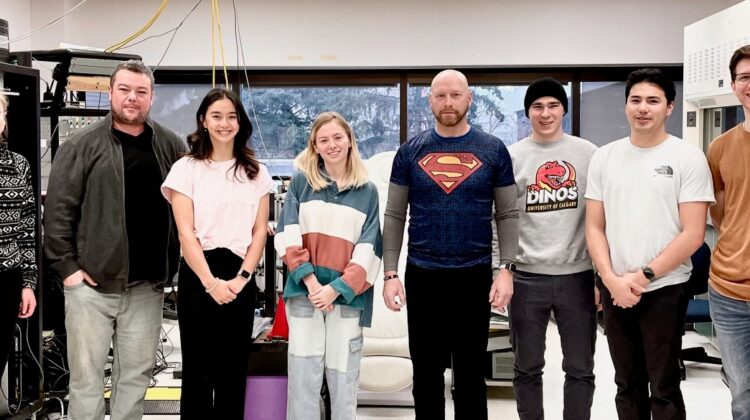
Calgary’s Neursantys has launched a pilot study of the company’s NEURVESTA wearable device with a team of researchers at the University of Calgary Human Performance Lab (UC-HPL).
Under development for the past 2 years by Neursantys teams in Calgary and Chicago, NEURVESTA integrates both diagnostic assessment and therapeutic treatment of age-related balance impairments.
A primary cause of balance decline is age-related changes in the vestibular balance organs in the inner ear. These impairments affect 70 million people in Canada and the U.S. over the age of 40, limiting their physical activity, increasing the risk of fall-related injuries, and making it increasingly difficult to continue living productively and independently.
For the pilot study, participants between 50 and 90 years of age are being recruited from the local Calgary population.
Proprietary neuromotor sensor technology in the NEURVESTA device is first used to create a diagnostic map of each participant’s unique balance performance profile, including any impairments to key sensory inputs or the brain’s ability to integrate and process these inputs and deliver motor control outputs to the musculoskeletal system.
The therapeutic function is then achieved using very low-level electric stimulation of the vestibular system (“EVS”) to trigger several neuroplastic responses that induce persistent recovery of degraded balance.
The NEURVESTA device is unique in its ability to tailor EVS parameters to each study participant’s unique impairment profile.
NEURVESTA lab prototypes have already achieved significant balance enhancements in study populations between 50 and 90 years of age.
The EVS-induced balance improvements are observed to be persistent, cumulative, and large enough to significantly reduce fall risks.
The UC-HPL pilot study is focused on determining NEURVESTA dosage parameters that can maximize the magnitude and persistence of EVS-induced balance enhancements while minimizing the number of therapeutic sessions that are required.


Leave a Reply